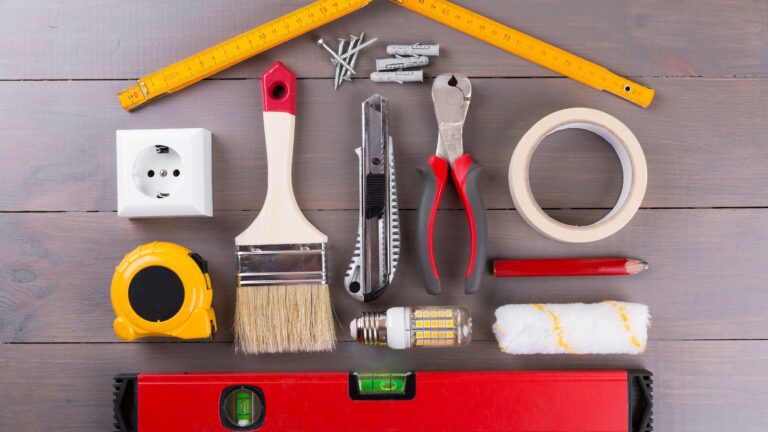Address newsletter
Get the latest news on buying, selling, renting, home design, and more.

Q. We built a 1,700-square-foot house on the Cape. Our family has allergies and asthma, and our doctor suggested keeping the humidity at 40 percent or less to reduce the chance of mold or dust mite growth. The humidity in the house this summer has consistently been in the upper 40s. The contractor had installed an energy recovery ventilator. When we turn it off, the humidity goes down. Do we need to have the ERV on? Any suggestions on reducing the humidity?
L.C.
A. For a family dealing with asthma and allergies, an ERV is a good system to install. When maintained with quality filters, it can remove a tremendous amount of allergens and greatly increase indoor air quality. The downside is that it doesn’t really do anything to remove moisture in the air. As you have found out, an ERV will actually bring humidity into the home during the summer months. We have been installing more whole-house dehumidification systems as summers become more hot and humid. These will wring humidity out of the air and discharge the excess moisture into a condensate line. They can be set to whatever relative humidity is appropriate for the homeowner.
Q. I’m getting a little desperate and hoping you can help. Our hallway was light gray, and we painted it white. Both paints were water-based. A few months ago, I noticed pink patches on the walls and assumed it was bad paint, but the supplier denies this. No one has been able to explain it. It’s happening in a large hall that doesn’t appear to have a moisture problem. The plaster job isn’t very good throughout the house, but we don’t have the problem with pink walls anywhere else.
CATHY
A. Based on the picture you sent, I would say those pink patches look like efflorescence, which usually does start with moisture. I would hazard a guess that there is a masonry wall behind or part of that interior wall in the picture. Efflorescence will happen when water carries salts and minerals through a masonry wall, and it settles on the surface. It is not mold, although if you are concerned, there are labs that can test the materials for you. It would be worth trying to find the source of potential water intrusions. Efflorescence is a slow process, so finding the source of moisture could be difficult. My immediate suggestion is to scrape off the affected areas, apply a moisture-resistant primer to the whole wall, and then paint again.
Mark Philben is the project development manager at Charlie Allen Renovations in Cambridge. Send your questions to [email protected]. Questions are subject to editing.
Get the latest news on buying, selling, renting, home design, and more.

Stay up to date with everything Boston. Receive the latest news and breaking updates, straight from our newsroom to your inbox.
Conversation
This discussion has ended. Please join elsewhere on Boston.com